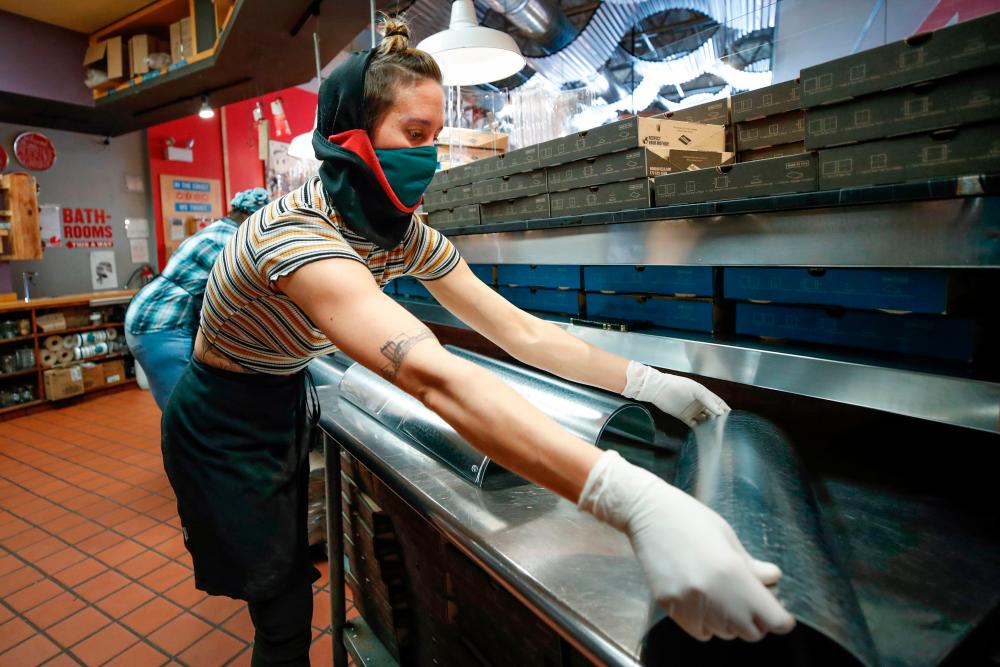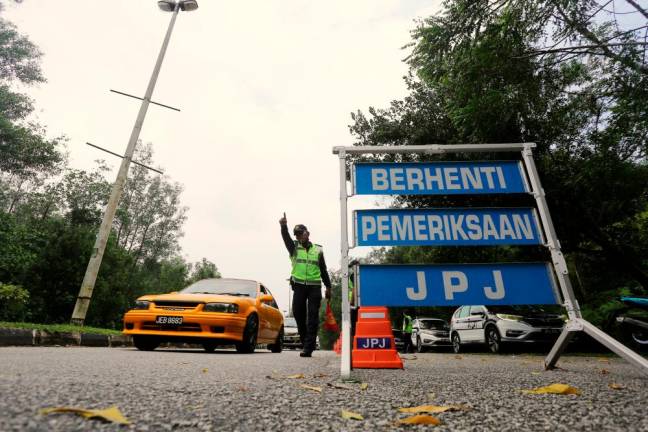WASHINGTON: New jobless claim filings in the United States fell to 837,000 last week seasonally adjusted, the Labor Department said today, resuming their downward trajectory after increasing slightly earlier in the month.
Initial claims fell by 36,000 over the previous week's level, however the number of people filing under Pandemic Unemployment Assistance (PUA) programme for workers who aren't normally eligible rose by more than 34,000 to 650,120.
The data is also complicated by most-populous state California's decision to pause processing claims for the two weeks to Oct 3 to address a backlog, meaning the level it reported today was the same as the previous week and will be revised later.
The drop in initial claims was better than forecast but remains well above the single worst week reported during the 2008-2010 global financial crisis more than six months after business shutdowns to stop the spread of Covid-19 began in the US.
"Filings are stuck at a high level," Rubeela Farooqi of High Frequency Economics said, adding that the pause in California reporting introduces "volatility" into the data.
"Layoff announcements are also ongoing. Even as jobs are being recovered, job losses are mounting, indicative of continuing strains in the labor market."
The insured unemployment rate dropped 0.6 points to 8.1% in the week ended Sept 19, the latest for which data was available.
More than 26.5 million people were receiving benefits in all programmes as of Sept 12, the data said, an increase of nearly 485,000 from the week prior though the data isn't seasonally adjusted.
The four-week moving average of new claims is decreasing by less than 12,000 per-week, which Ian Shepherdson of Pantheon Macroeconomics said means they are set to reach 665,000 – the level of the worst single week of the global financial crisis – in January.
"The labour market clearly is still in turmoil," he said.
Meanwhile, the Commerce Department said today US consumers continued spending in August even as incomes fell, reflecting the end of government benefits credited with supporting consumption amid the coronavirus downturn.
Personal consumption expenditures (PCE) rose 1.0% while income fell 2.7%, both more than expected. The Commerce Department tied the fall in income to the expiration in July of extra US$600 weekly payments made to the unemployed under the CARES Act stimulus package.
Analysts warned the data indicates looming weakness among consumers, with Gregory Daco of Oxford Economics pointing to a decline in the savings rate to 14.1% from 17.8%.
"With compensation growing at a slower pace and government transfers diminishing, consumers dipped into their savings to finance their outlays – this is not a sustainable reality," Daco said in an analysis.
"Unless employment growth picks up, or additional fiscal aid is extended, consumer spending is at risk of slowing dramatically during the second phase of the recovery."
The report said the fall in compensation was lessened by a US$17.5 billion rise in government salary disbursements, partly due to temporary hiring for census workers.
Spending on services increased US$87.9 billion, particularly healthcare and food services and accommodation, while spending on goods fell by US$10.3 billion, particularly take-away food and beverages.
The PCE price index, both excluding and including food and energy, rose a modest 0.3%. Year on year, PCE prices were up 1.4%, indicating continued restrained inflation.
Daco warned that while this data indicates a strong third quarter recovery in gross domestic product after Covid-19 caused a historic 31.4% collapse in the second quarter, consumption in the fourth quarter could be weak if Congress doesn't pass more stimulus.
"Our recovery tracker points to moderating momentum heading into (the fourth quarter) just as fiscal aid is expiring, job growth is slowing and sentiment remains muted. Needless to say, a lot rides on Congress' shoulders in supporting the economy into 2021," he said. – AFP













